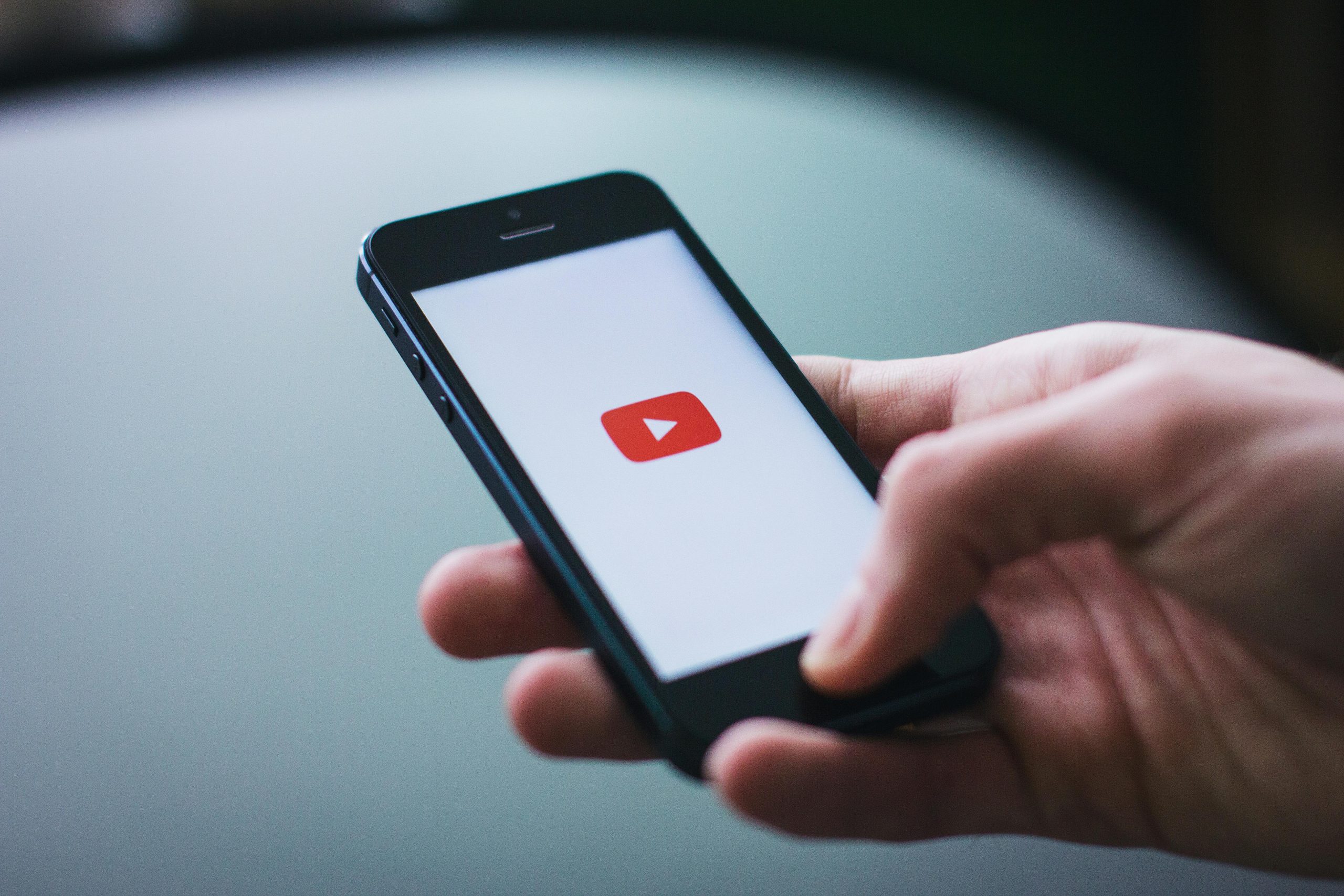In my view, AI doesn’t automatically lead to increased disinformation.
Will Artificial Intelligence Really Worsen the Disinformation Crisis? A Thoughtful Perspective
In recent discussions, many experts and skeptics alike have expressed concern that artificial intelligence (AI) could exponentially increase the spread of false information online. The worry is that AI’s ability to generate vast amounts of “junk content” at scale might flood digital spaces with disinformation, making it harder for users to discern truth from fiction.
Certainly, AI-generated content is becoming increasingly common across social media platforms. This surge might suggest that the volume of misleading or fabricated information will similarly rise, potentially worsening the disinformation problem we already face.
However, my perspective differs. Consider how we interact with digital content: if tasked with scrolling through TikTok or any short-form video platform, most of us tend to stop after viewing around 100 to 150 clips. Injecting AI-generated videos into the feed doesn’t necessarily increase this number of observed items; it primarily changes the origin of the content, not its volume or our consumption limits.
It’s important to recognize that humans have already been exposed to enormous quantities of disinformation—created both intentionally and unintentionally—by real people over the years. The sheer scale of this existing flood means that adding more AI-produced content doesn’t fundamentally alter what we encounter daily. Our engagement remains driven by personal interests and entertainment preferences: perhaps a third of what we watch involves cute animals, some falls into humorous mishaps, others into political commentary, and the rest comprises miscellaneous topics. Despite the influx of AI content, the proportion of disinformation we absorb doesn’t necessarily increase; our viewing habits and attention patterns stay relatively stable.
Another nuance is the subtlety of AI-generated disinformation. It often appears as convincing clips or edited videos that distort reality—like a manipulated image of a public figure saying something they never uttered. While this is more insidious than straightforward false statements, in the grand scope of the digital information landscape, such content is just another layer within the broader sea of media we consume daily.
One could argue that AI will make it easier to produce and disseminate doctored videos of politicians or celebrities, adding a new layer of complexity. Yet, with the massive volume of existing disinformation and the ways in which users typically engage with content, this may not be as impactful as some fear.
In conclusion, while AI certainly introduces new tools for creating misleading content, its influence on the overall disinformation landscape may not be as extreme as anticipated. Our media consumption habits, existing scales of dis














Post Comment